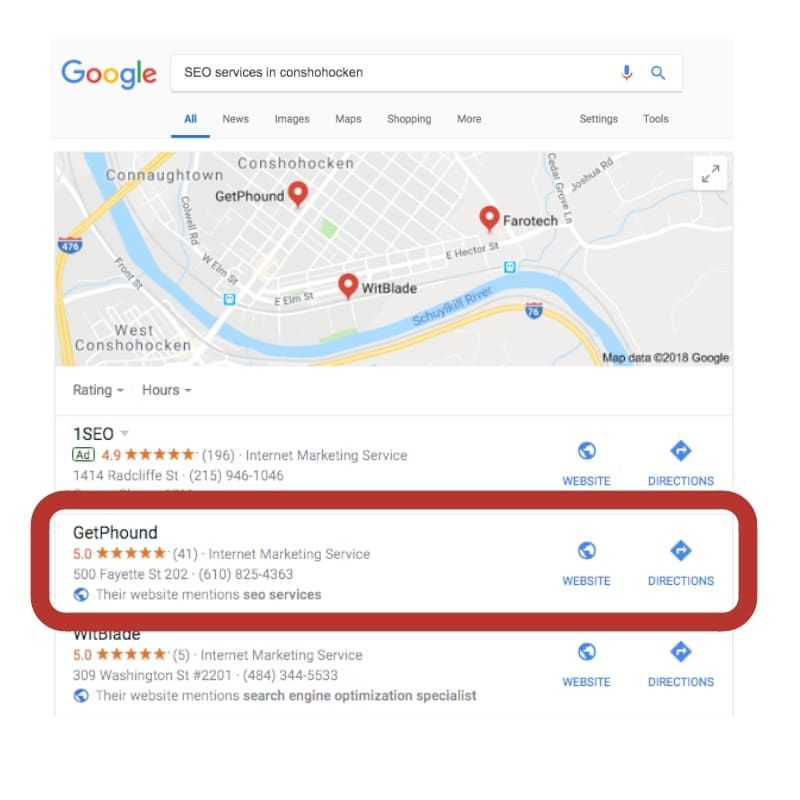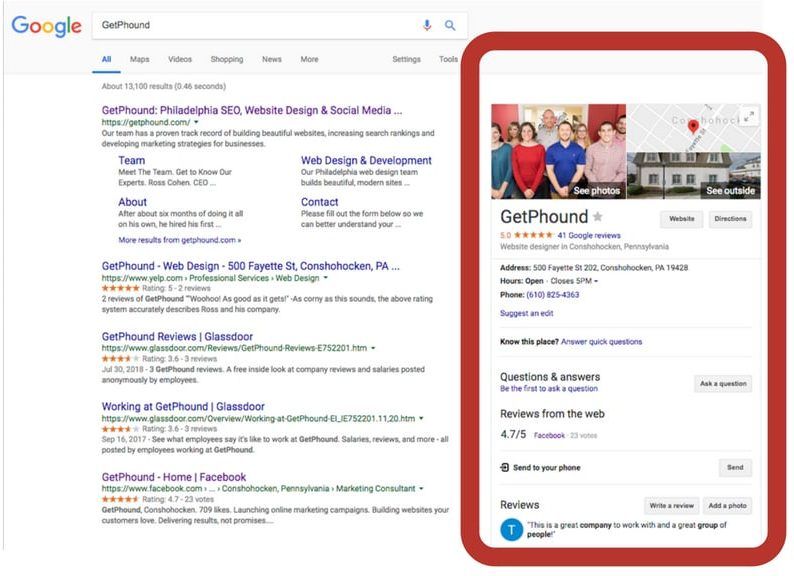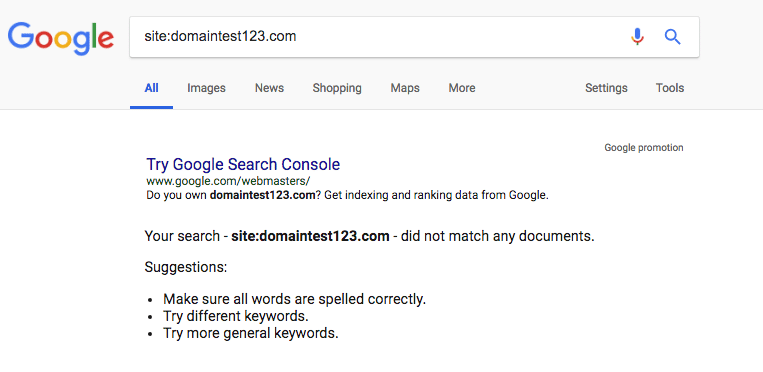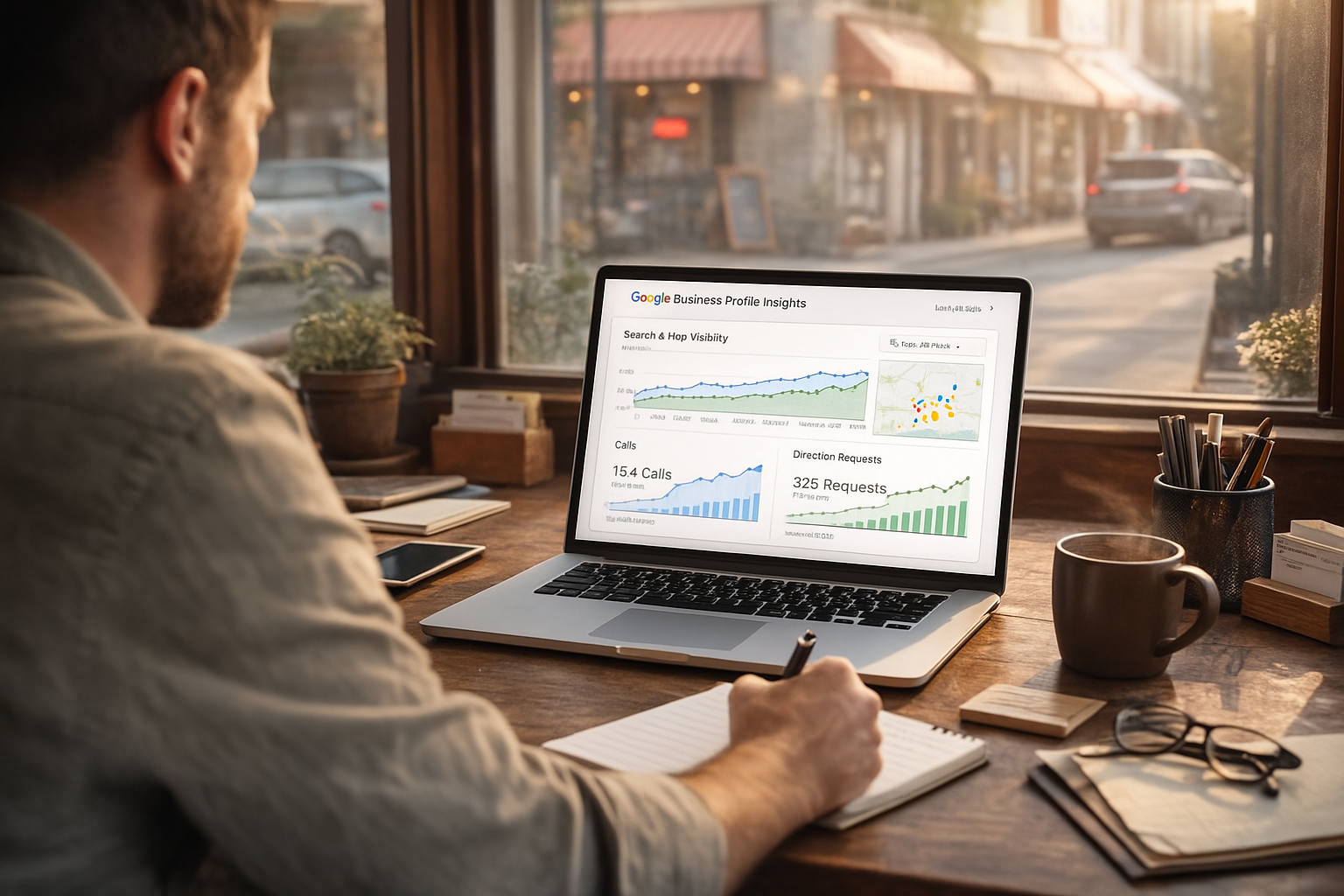How Do I Know if My SEO is Working? | A 60-Second Test
Maybe you’ve hired an agency or perhaps you’re just experimenting with search engine optimization on your own—either way, you’re probably asking yourself, “ How do I know if my SEO is working? ” After all, how can you know if something is worth your time and money without checking to see if it’s actually doing what you hoped it would?
Here are a few ways to tell (right away!) if your SEO is working or not.
The Number One Test To See If Your SEO Is Working
If search engine optimization is what you’re after, then the best place to test your results will be in the search engine. Head on over to Google and type in a variation of the service your company provides and your general location. For example, we’d search something along the lines of:
“SEO services in Conshohocken”
“SEO agency near Plymouth Meeting”
“Montgomery County PA SEO company”
And check us out! We show up in the top 3 map results, or what’s called the “ local pack .”

But if you’re not in the local pack, don’t panic. Your business could be one of the other results on page 1 or even at the top of page 2—this is also a sign your SEO is working!
If not, keep reading. We’ll go over some common reasons your business might not be showing up at all. But first, let’s look at other ways to test the strength of our SEO efforts.
Other Quick Tests To See If Your SEO is Working
After you’ve tried the test above, there are a few other things you can look at to see how your SEO campaign is going.
1. Do the first test in an incognito window.
Make sure it’s not just your browsing history that’s causing your company to capture a prime spot in the results. Head into the toolbar of your browser and select private or incognito mode and repeat the search to see if the results are the same.
2. Check your Google listing.
Open Google again and search for your company name, and if it’s a common name, like “Smith Company,” add your location as well.
Check for a breakdown of your company on the right-hand side of the page, like in the photo below.

This is a sign that your Google listing is complete, meaning Google has your pertinent information and trusts that you have a real business. If the info is not there or wrong, it’s an easy fix. Ask us how to improve your Google listing.
3. Check if your website’s pages are indexed.
Type the following into Google’s search bar: site:[insert your domain name here] . For example, we’d search: site:getphound.com
The results should show every single page that’s associated with your website. If a page isn’t there, it means that Google hasn’t indexed it, which means Google has no idea it exists. Indexing your site is also an easy fix if it needs to be done. Your SEO agency should be able to handle it quickly, or you can reach out to us for advice.
This is what it will look like if none of your pages are indexed:

Why Your SEO Might Not Be Working
If you’ve tried these tests and you’re disappointed with the results, there could be some very practical reasons your SEO campaign isn’t performing the way you’d like.
You could be lacking keyword strategy. Have you or your SEO company laid out a clear strategy for the keywords you’d like to rank for? Perhaps the reason you’re not showing up for certain search terms is that you haven’t been targeting them. As an SEO agency in Conshohocken, we’re actively making sure our website reflects that identity, so we show up when folks search “SEO agency in Conshohocken.” Keyword strategies have changed over the years though, so make sure you’re using the latest SEO tactics .
You could need some more time. SEO doesn’t happen overnight. It takes time to establish domain authority and to prove to search engines you’re a real, reliable business. The general rule is that you should start seeing an improvement in 6 months to a year. If that sounds too slow, read our blog on how long SEO takes for alternative methods.
You could be in an overly competitive market. If you’re looking to rank for a term like “restaurant Chicago,” you’re going to need a seriously strong strategy to pull that off. There are so many restaurants in Chicago, and with such a broad search term, it will be difficult to break through the rankings. You’d probably be better off shifting your strategy to find an angle that works for your industry and your budget.
Getting a Professional SEO Audit
Of course, if you’re looking for a more thorough evaluation of your current SEO efforts and some advice on where to take them next, nothing beats an audit by the professionals. GetPhound can help you take an in-depth look at where you stand with the search engines and help you devise a way to improve your rankings. Just schedule your free consultation !
The post How Do I Know if My SEO is Working? | A 60-Second Test appeared first on GetPhound.












